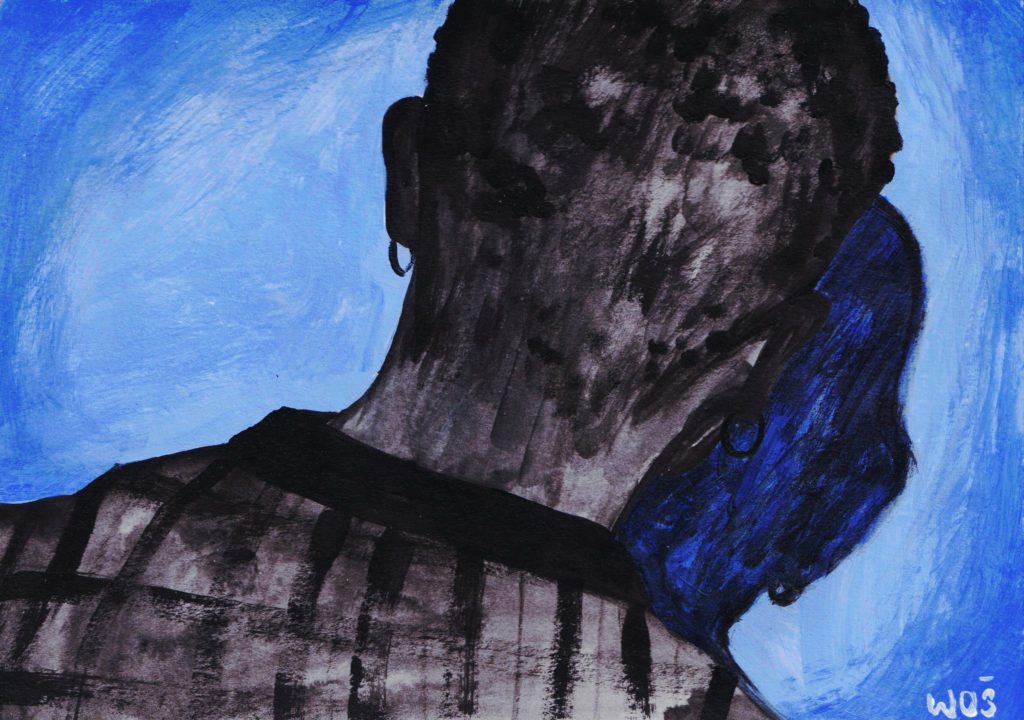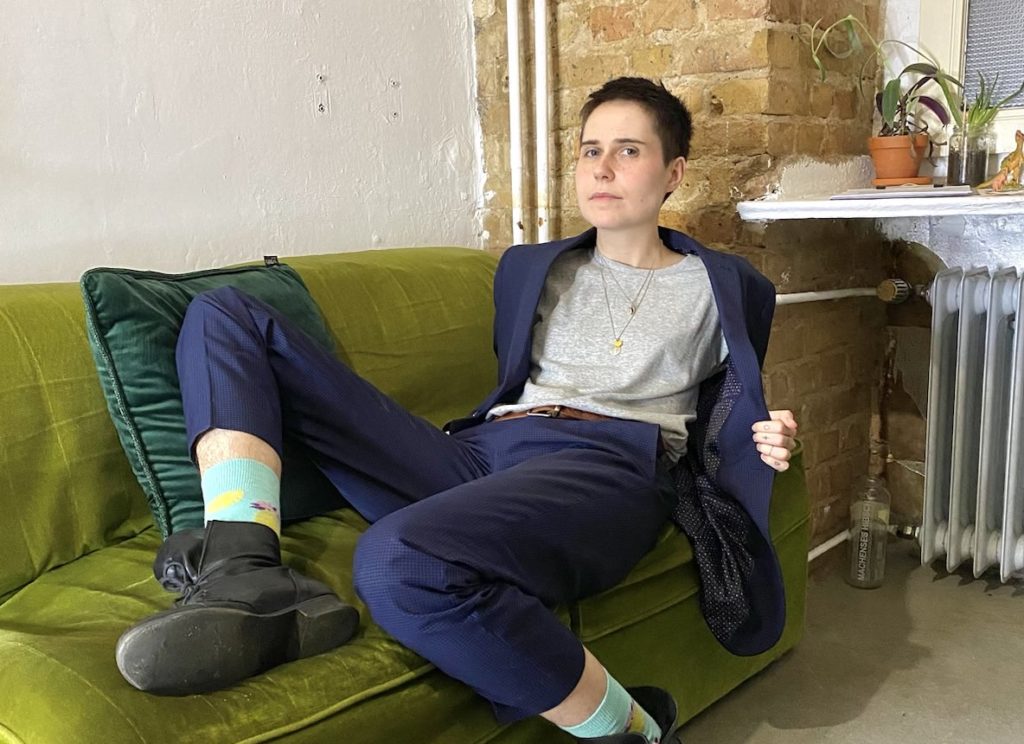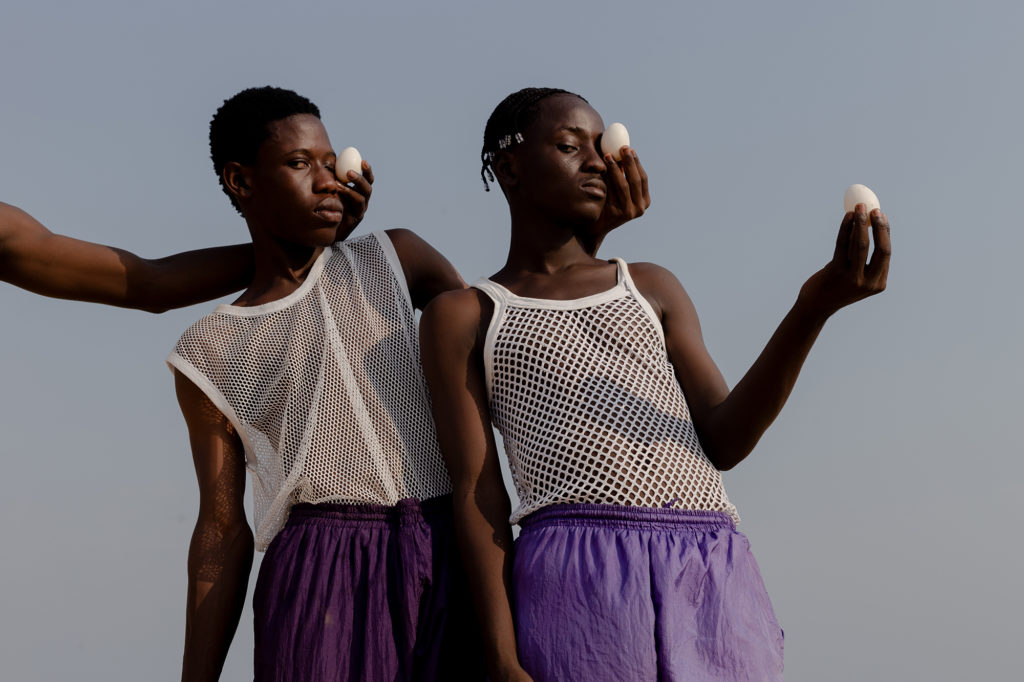Trans and gender non-conforming (gnc) peoples’ bodies are the topic of much discussion, almost always instigated by those who have no business talking about them. While there are more trans and gnc voices in fashion than ever before, there is still a distinct lack of out loud criticism of the structures and norms that cause and perpetuate harm not only to these communities, but to all marginalised people.
“Until the fashion industry is ready to acknowledge its fundamental flaws, it will continue to damage and exclude those who are already at a disadvantage.”
Cora Hamilton, co-founder of uns*
Alongside queer- and transphobia, racism, elitism and more, another major road block for trans and gnc models working to access the fashion industry is the use of sample size.
Sample size is a set of measurements which designers and brands use to make clothes for their runway shows and campaign shoots. It is widely used across the industry for three main reasons: to cut costs, for time efficiency, and so that the models’ “imperfections” (read: body parts) don’t distract the viewer from the garments. God forbid the eye might be drawn to a busty chest or a fleshy stomach instead of the fabric laying flat on the proportions of someone with a very low body fat percentage!
“The average womens’ clothing size worn in Europe is a 44, whereas sample size measurements usually sit around a size 34”
Cora Hamilton, co-founder of uns*
– these numbers alone give a stark enough comparison to show the vast difference between what is presented to the consumer vs what the average consumer experiences. The use of sample size excludes anyone who does not have a very small and uncommonly proportioned body, and sends a message of who is worthy to represent and buy from the brand.
The casting of sample size models sell a fantasy – if you want to be skinnier, hotter, sexier (and trust us, you do), then buy this and you might have a chance. For trans and gnc models this also means stamping out their “otherness” and fitting the cisgender mould, equating being cis to being better. Fashion has always been about expression and community, yet it so often recreates the societal structures of oppression that we are so desperately trying to escape.
Trans and gnc folks are frequently reduced to their physicalities and from my experience booking trans/gnc models in jobs, sample size creates a simple and solid dead end. When we only have “women’s” and “men’s” sizes to choose from, the proportions of people who are not cisgender rarely match. There are differences in fat distribution, bone structure, height and anatomy that eradicate the chances of a trans/gnc model being booked before they are even brought into a casting. It is despicable to exclude entire groups of people from being represented purely because of the shape of their bodies, and the responsibility of the consequences caused by poor practices such as the use of sample size falls on the shoulders of every person who holds the power to do things differently.
I believe that if more marginalised designers were afforded the same opportunities as wealthy white designers are, then this topic would have been redundant a long time ago. When a designer, label or brand chooses sample size, they prioritise a piece of fabric over a person and a community. They decide that efficiency and productivity is of more value than the representation of the people who consume their products and they say no, not you. You don’t get to be here, your presence is not wanted or required.
I want a future in fashion where every body is considered, everyone has a seat at the table, and where intention and attention is afforded to every layer of every show, campaign, and collection. A future in fashion where models are not merely props, but are seen as a vital key to empowerment for all. A future in fashion where queer people, trans people, BIPoCs, disabled people, working class people, fat people hold power and make decisions that propell marginalised people forward rather than further oppress them.
How have we still not learnt that just because this is “simply how it is done”, that it doesn’t mean it is the right, or only way?















